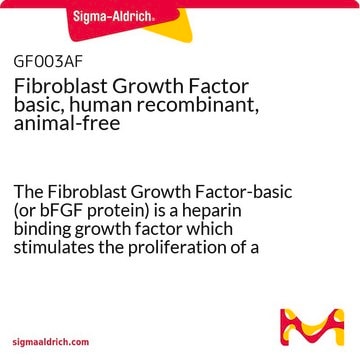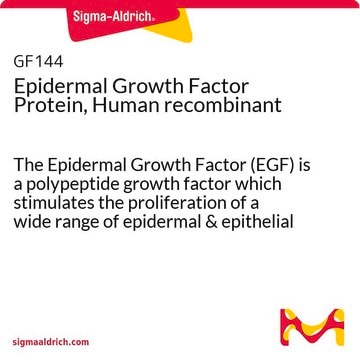MAB4120
Anti-MDR1 Antibody, clone JSB-1
culture supernatant, clone JSB-1, Chemicon®
Synonim(y):
P-glycoprotein, CD243, p170, Pgp
About This Item
Polecane produkty
pochodzenie biologiczne
mouse
Poziom jakości
forma przeciwciała
culture supernatant
rodzaj przeciwciała
primary antibodies
klon
JSB-1, monoclonal
reaktywność gatunkowa
human, hamster
producent / nazwa handlowa
Chemicon®
metody
flow cytometry: suitable
immunocytochemistry: suitable
immunohistochemistry: suitable (paraffin)
western blot: suitable
izotyp
IgG1
numer dostępu NCBI
numer dostępu UniProt
Warunki transportu
wet ice
informacje o genach
human ... ABCB1(5243)
Specyficzność
JSB-1 does not cross-react with MDR3 P-glycoprotein. JSB-1 has been shown to cross-react with Pyruvate Carboxylase (PC), an abundant Mr 130,000 mitochondrial enzyme, on both immunoblots and immunohistochemical tissue sections [Rao et al. (1995). J Histo. Cytochem. 43(12):1187-1192.] Unequivocal plasma membrane patterns of immunostaining represent true P-glycoprotein ex-presssion. Weak homogeneous, cytoplasmic, or granular patterns of reactivity may represent staining of the PC cross-reactive epitope rather than positive staining for P-glycoprotein.
Immunogen
Zastosowanie
Immunohistochemistry on frozen and paraffin embedded tissue
sections: 1:20.
Immunocytochemistry: acetone or air-dried preparations react well.
Western blot
Note: For cellular detection, permeabilization is required.
Optimal working dilutions must be determined by end user.
Metabolism
Toxicology & Drug Resistance
Opis wartości docelowych
Postać fizyczna
Przechowywanie i stabilność
Komentarz do analizy
MDR cells
Inne uwagi
Informacje prawne
Oświadczenie o zrzeczeniu się odpowiedzialności
Nie możesz znaleźć właściwego produktu?
Wypróbuj nasz Narzędzie selektora produktów.
polecane
Kod klasy składowania
12 - Non Combustible Liquids
Klasa zagrożenia wodnego (WGK)
WGK 1
Temperatura zapłonu (°F)
Not applicable
Temperatura zapłonu (°C)
Not applicable
Certyfikaty analizy (CoA)
Poszukaj Certyfikaty analizy (CoA), wpisując numer partii/serii produktów. Numery serii i partii można znaleźć na etykiecie produktu po słowach „seria” lub „partia”.
Masz już ten produkt?
Dokumenty związane z niedawno zakupionymi produktami zostały zamieszczone w Bibliotece dokumentów.
Nasz zespół naukowców ma doświadczenie we wszystkich obszarach badań, w tym w naukach przyrodniczych, materiałoznawstwie, syntezie chemicznej, chromatografii, analityce i wielu innych dziedzinach.
Skontaktuj się z zespołem ds. pomocy technicznej







